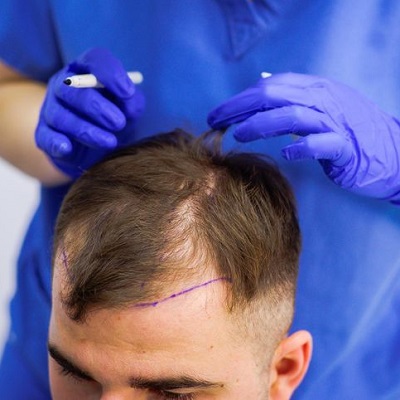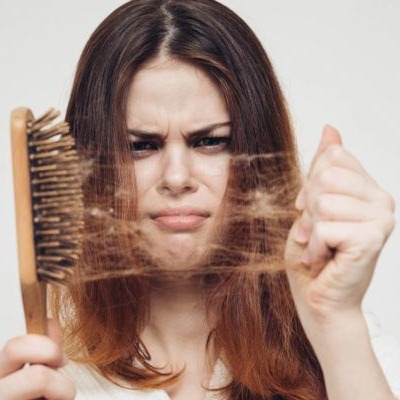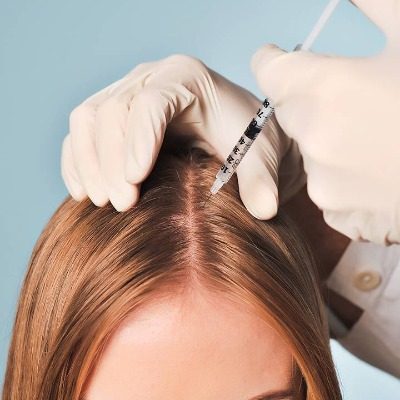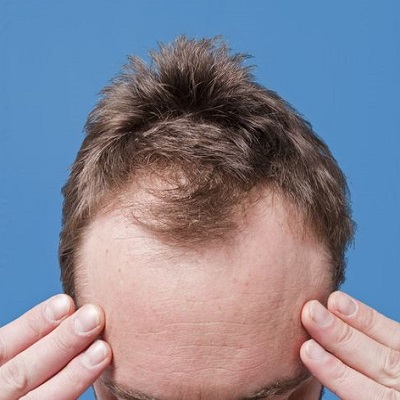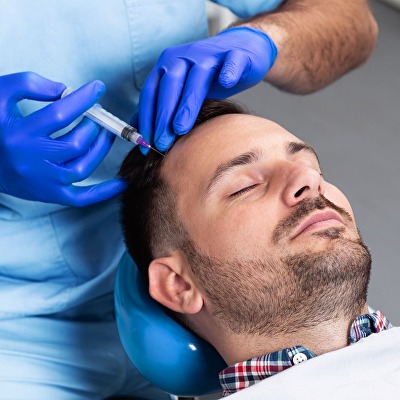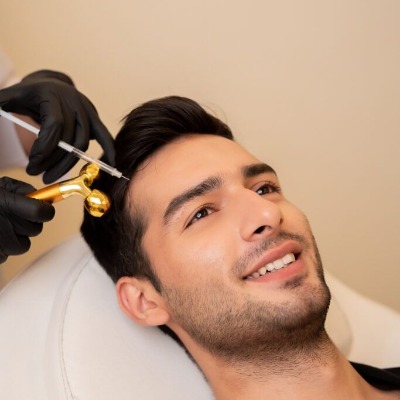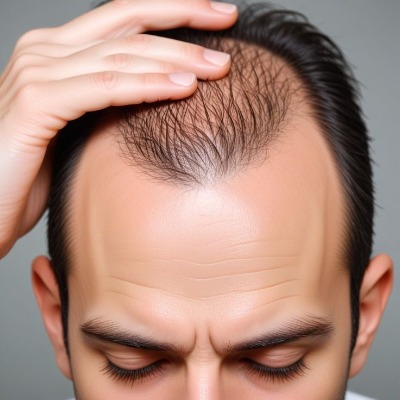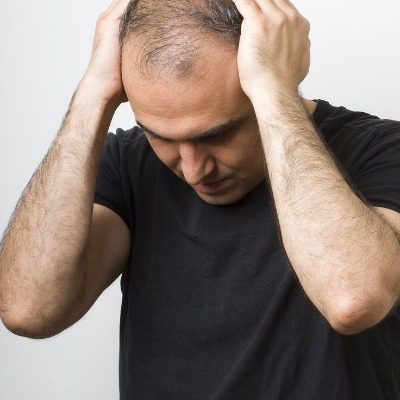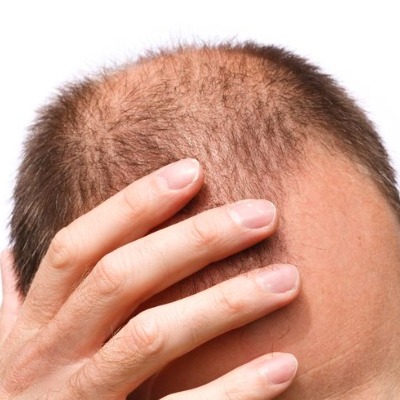
Are you bored with thinning hair and wondering if there is a reliable solution? You’re not on your own. Hair loss affects lots of humans in Islamabad, and with present-day improvements in aesthetic treatments, restoring your hair is now more possible than ever. What Are the Latest Hair Restoration Options Available in Islamabad? Let’s dive into the best treatments currently to be had that will help you regain your hair and your self-belief.
Quick Facts:
- Treatment Areas: Scalp, beard, eyebrows
- Ideal For: Men and girls with thinning or bald patches
- Pain Level: Minimal to slight reliance on the system
- Results: Gradual and lengthy-lasting with the right care
- Downtime: Varies from none to 3 days
- Techniques Available: FUE, FUT, PRP, and extra
Understanding Hair Loss
Hair loss can take place due to numerous motives: genetics, hormonal imbalance, stress, ageing, or clinical situations like alopecia. In ladies, it could be linked to hormonal shifts such as being pregnant, menopause, or thyroid problems. In guys, pattern baldness is often the result of inherited trends.
No matter the motive, powerful treatments are now to be had in Islamabad, thanks to the non-stop evolution of hair healing technologies.
What Are the Latest Hair Restoration Options Available in Islamabad?
FUE (Follicular Unit Extraction)
FUE is one of the most famous and least invasive surgical options. Hair follicles are extracted one by one from the donor location and implanted into the balding spots. This approach leaves minimal scarring and gives a natural-looking result.
- Best For: Men and ladies with moderate to extreme hair thinning
- Benefits: Fast restoration, no stitches, everlasting final results
- Recovery Time: 3–5 days
FUT (Follicular Unit Transplantation)
Unlike FUE, FUT involves disposing of a thin strip of scalp from the return of the top. Hair follicles are then separated and transplanted into the favored location. Although this technique may additionally leave a linear scar, it allows for the transplantation of a bigger quantity of grafts in one session.
- Best For: Those needing high-density results
- Benefits: High graft yield, appropriate for superior hair loss
- Recovery Time: About 10 days
PRP (Platelet-Rich Plasma) Therapy
This non-surgical answer involves drawing a small quantity of the affected person’s blood, processing it to pay attention to the platelets, and injecting it into the scalp. PRP stimulates hair growth through increased blood delivered to hair follicles and thickening the hair shaft.
- Best For: Early-stage hair loss or submit-transplant care
- Benefits: Natural, non-invasive, minimal downtime
- Sessions Needed: 3 to four periods for best consequences
Laser Hair Therapy
Low-degree laser light is used to stimulate hair follicles and enhance blood flow to the scalp. This therapy is appropriate for both males and females and is often used along with different treatments like PRP or hair transplants.
- Best For: Mild to mild hair thinning
- Benefits: Painless, no recuperation time, strengthens hair
- Treatment Duration: 2–3 instances per week for numerous months
Meet the Hair Restoration Expert Dr. Naveed Azhar
When thinking about hair recovery, knowledge matters. Dr. Naveed Azhar is a depended-on name in hair recuperation and trichology in Islamabad. Known for his patient-focused care and precision, he gives custom-designed treatments to deal with unique kinds of hair loss with excessive fulfillment fees.
Trusted Destination for Hair Restoration Royal Hair Transplant Clinic in Islamabad
At Royal Hair Transplant Clinic in Islamabad, superior hair recovery technologies are blended with years of revelry. From preliminary consultation to submitting treatment care, the group guarantees an easy, safe, and consequences-driven experience tailored to your desires.
Cost of Hair Restoration in Islamabad
Hair recuperation remedies in Islamabad can be priced everywhere from PKR 95,000 to PKR 160,000or more, depending on the type of technique and the range of grafts or classes required.
Factors That Affect the Cost:
- Type of Treatment
- Number of Grafts
- Clinic Reputation
- Expertise of the Surgeon
- Follow-Up Sessions
- Facilities and Equipment
Book Your Consultation Now!
Hair loss can impact your vanity, but you don’t need to live with it. Book your session these days and explore the most suitable treatment for your hair loss needs. Whether you’re simply noticing thinning or have been coping with bald spots for years, help is available.
Let experts like Dr Naveed Azhar guide you toward the fine option tailor-made just for you. Take the first step towards restoring your self-belief and attaining the hair you deserve.


